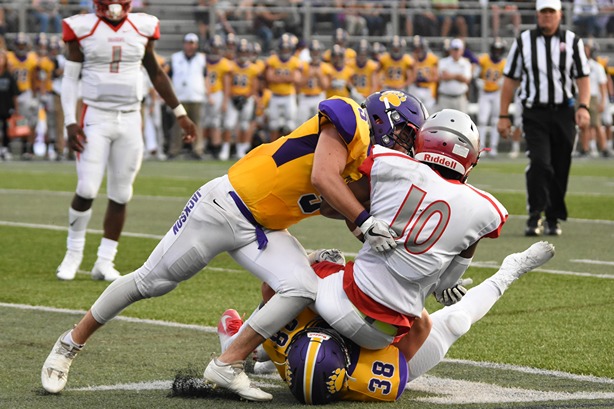
Linebacker in Football
Written By: Gridiron Elite Training

Linebacker in Football
Written By: Gridiron Elite Training
Guide to Understanding the Linebacker Position in Football

Football is a sport that captivates the hearts of millions of fans around the world, and much of its appeal lies in the diverse range of positions that make up a team. One position that often garners a great deal of attention is the linebacker. But what is a linebacker in football, and what does a linebacker do in football?
In this guide, we will delve into the linebacker position in football, exploring its history, roles, and responsibilities, as well as what it takes to excel in this critical role.
History of the Linebacker Position
The linebacker position in football has its roots in the early days of the sport when formations were more fluid, and players took on multiple responsibilities. As the game evolved, so too did the role of the linebacker.
Coaches and players began to recognize the importance of having a player who could both defend against the run and cover the pass effectively. Thus, the modern-day linebacker was born.
Linebacker Roles and Responsibilities
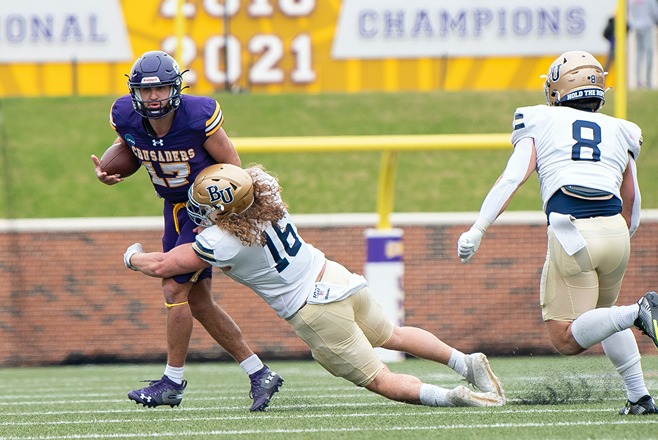
The primary responsibility of a linebacker in football is to serve as a defensive leader on the field. They are often seen as the “quarterback of the defense” due to their critical role in diagnosing offensive plays and making adjustments to counter them. The linebacker position in football can be broken down into three general categories, each with its unique set of roles and responsibilities.
- Inside Linebackers (ILBs): The inside linebackers, also known as middle linebackers, are typically the central figures of the defense. Their primary role is to stop the run and cover short to intermediate passes. They need to be strong, fast, and possess exceptional instincts to read plays and react quickly.
- Outside Linebackers (OLBs): As the name suggests, outside linebackers play on the edges of the defensive formation. Their responsibilities vary depending on the specific defensive scheme employed. In a 4-3 defense, outside linebackers are typically tasked with covering tight ends, running backs, and occasionally wide receivers in the passing game. In a 3-4 defense, outside linebackers often take on the additional responsibility of rushing the quarterback as edge pass-rushers.
- Hybrid Linebackers: As the game of football has evolved, so too has the role of the linebacker. Hybrid linebackers are versatile players who can fulfill various roles depending on the situation. They are often used as a chess piece to create mismatches and confusion for the opposing offense. Hybrid linebackers can serve as pass-rushers, coverage specialists, or even as a hybrid safety/linebacker in certain defensive packages.
What Does a Linebacker Do in Football?
To better understand what a linebacker does in football, let’s break down their responsibilities on the field:
- Run Defense: The primary responsibility of a linebacker is to defend against the run. They must quickly diagnose the play, shed blockers, and pursue the ball carrier, stopping them for minimal gain or, ideally, a loss.
- Pass Defense: Linebackers are also responsible for pass coverage, specifically against tight ends, running backs, and occasionally wide receivers. They must possess excellent awareness and athleticism to cover these players effectively while also maintaining their run-stopping responsibilities.
- Pass Rush: Depending on the defensive scheme and specific role, some linebackers are tasked with rushing the quarterback. These players must possess a blend of speed, strength, and technique to beat offensive linemen and pressure the quarterback consistently.
- Play Diagnosis and Adjustments: Linebackers are often responsible for diagnosing the offensive play pre-snap and making any necessary adjustments to the defensive alignment. This requires a deep understanding of offensive formations, play-calling tendencies, and the ability to effectively communicate with teammates.
Traits and Skills for a Successful Linebacker
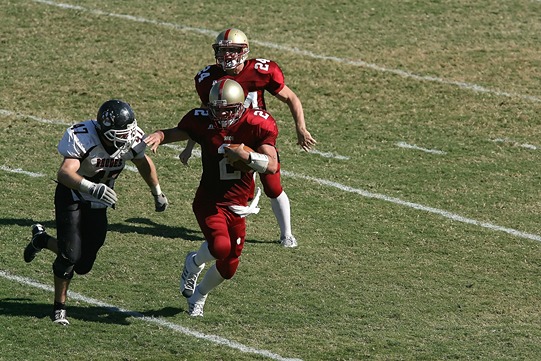
To excel as a linebacker in football, a player must possess a unique blend of physical and mental attributes. Some of the most important traits and skills for a successful linebacker include:
- Athleticism: A top-tier linebacker must be fast, agile, and strong, allowing them to cover vast areas of the field, shed blocks, and make tackles. Excellent conditioning is also crucial, as linebackers are often involved in a high number of plays throughout a game.
- Football IQ: A deep understanding of the game, including offensive and defensive schemes, formations, and play-calling tendencies, is vital for a linebacker. This knowledge allows them to diagnose plays quickly and make necessary adjustments to counter the offense.
- Instincts: Great linebackers possess a natural feel for the game, anticipating where the play is headed and reacting accordingly. This often comes from years of experience and countless hours spent studying film.
- Leadership: As the “quarterback of the defense,” a linebacker must be a vocal leader, effectively communicating with teammates and coaches. They should be able to inspire their fellow defenders and keep morale high in difficult situations.
- Tackling: A linebacker’s primary job is to stop the ball carrier, making tackling an essential skill. They must be proficient in various tackling techniques and possess the ability to consistently bring down opponents with minimal gain.
- Coverage Skills: Adept pass coverage is crucial for linebackers, particularly in today’s pass-heavy NFL. They must be able to read the quarterback’s eyes, understand route concepts, and react quickly to cover their assigned targets.
- Work Ethic: Becoming a successful linebacker requires dedication and commitment to perfecting one’s craft. This includes spending time in the weight room, studying film, and participating in linebacker drills to improve technique and skills.
Concluding Takeaways For Linebackers
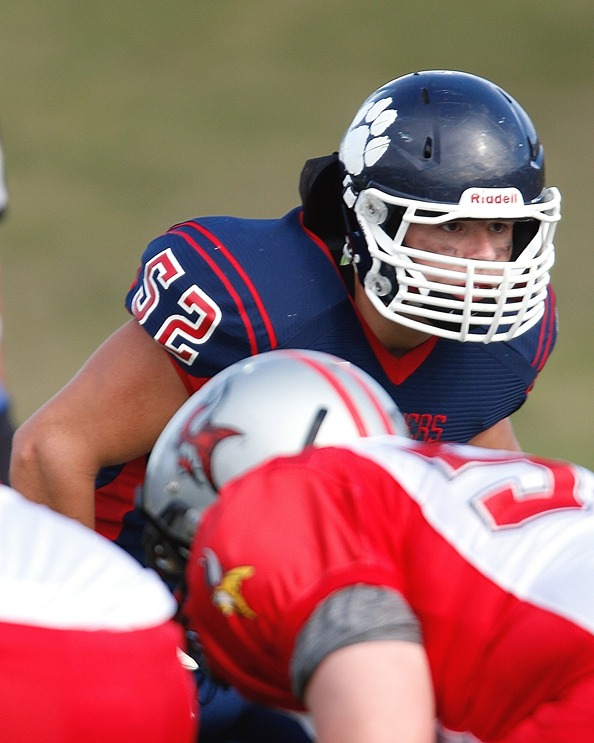
The linebacker position in football is one of the most critical and versatile roles on the field. With responsibilities ranging from run defense and pass coverage to pre-snap adjustments and leadership, the position demands a unique blend of physical and mental skills.
By understanding the various roles and responsibilities of a linebacker in football, as well as the traits and skills necessary for success, fans and players alike can gain a deeper appreciation for the importance of this position in the game they love.
Subscribe To Get Updates On Newly Released Articles
Don't forget to share this post!
Continue Reading More Football Recruiting Tips Below
Related Articles

5 Keys to the College Football Recruiting Process
If you are a high school football player, it’s easy to get lost in the college football recruiting process. This article will break down key stages of the recruiting process.
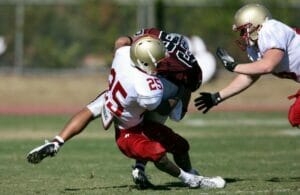
Junior College Football Recruiting
If you’re thinking about playing college football, read this article for quick tips on the process of juco college football recruiting.

Complete Guide to Football Recruiting Rankings
Find out why football recruiting rankings are important, where they come from, what they mean and how they affect your recruiting strategy.

Gridiron Elite Training was started to help educate and provide football players with a community to receive proper training and guidance.
We created “The Gridiron Elite Academy” which is an online football performance network that provides football players of all levels with sports performance workout programs, football position-specific drills, mindset coaching, mental toughness training, recruiting guidance and help, and nutrition programs.


